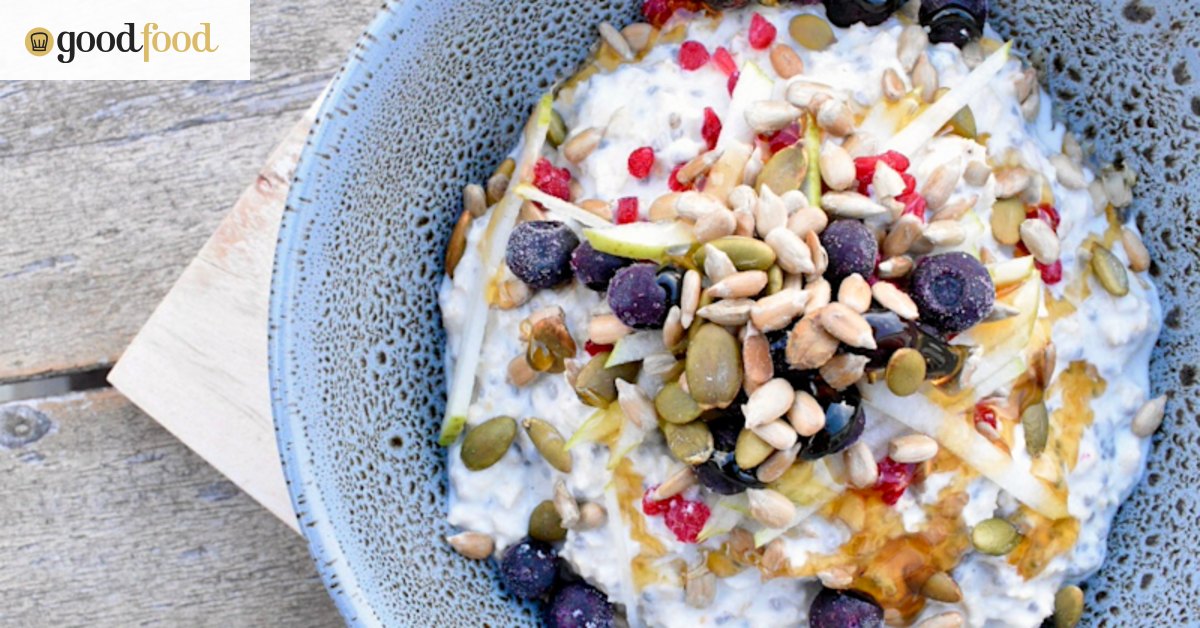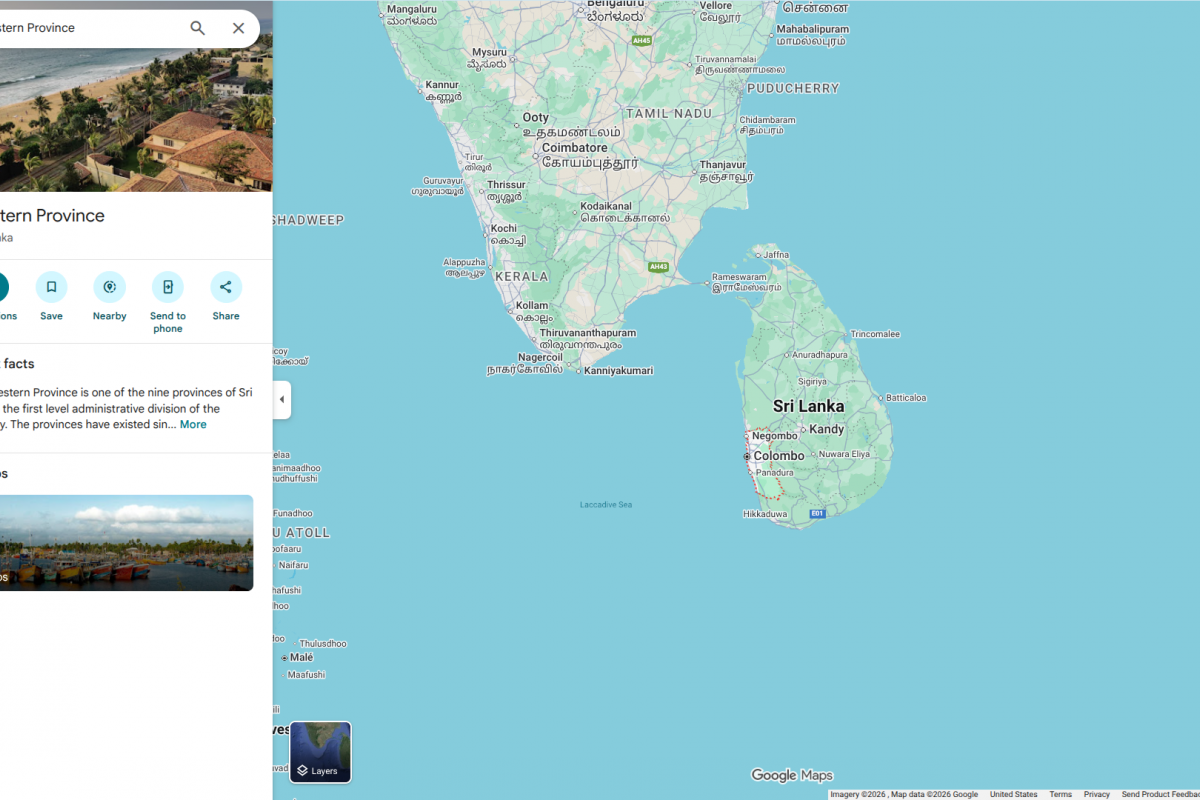Poor sleep is directly correlated with shorter life expectancy, the study reveals. (Getty Images)
Missing out on adequate sleep could be taking years off your life.
New research from the Oregon Health & Science University (OHSU),…

Poor sleep is directly correlated with shorter life expectancy, the study reveals. (Getty Images)
Missing out on adequate sleep could be taking years off your life.
New research from the Oregon Health & Science University (OHSU),…

From a GP’s quick and convenient go-to weekday option to a neurologist’s surprisingly spicy ingredient, here’s how health practitioners fuel their mornings.

Health officials in Sri Lanka have reported a surprising surge in dengue fever cases early in the year, with 2,170 confirmed infections recorded during the first nine days of January 2026.
According to a report by Xinhua…

NanoKnife success rate for pancreatic cancer is an increasingly important topic as irreversible electroporation (IRE) gains attention as a local treatment option for selected patients with this challenging disease. NanoKnife,…

When patients search for the CAR T-cell therapy success rate in acute lymphoblastic leukemia (ALL), they are usually asking a deeper question: What are my chances of remission, how long can it last, and can this treatment truly…

| At a Glance | |||||||
|---|---|---|---|---|---|---|---|
| Day | 1 | 2 | 3 | 4 | 5 | 6 | 7 |
| Meals | Breakfast: Avocado Toast & Jammy Eggs ——– Lunch: Cucumber-Hummus Wrap & Veg Cottage Cheese ——– Dinner: Roasted Salmon & Broccoli Rice Bowl |
Breakfast: Egg, Cheese & Spinach Breakfast… | |||||

MAGNOLIA, Ark., Jan. 11, 2026 (GLOBE NEWSWIRE) — What role does community play in the overall well-being of older adults and individuals with intellectual or developmental disabilities? In a feature published by HelloNation, Melissa Fields…

Sample distribution in the general population and the developmental and aging trajectories of brain structure across the lifespan. Photo: Beijing Tiantan Hospital
A Chinese research team recently constructed the first normative references of…

UK Biobank has recently finished profiling blood metabolites from 500,000 U.K. volunteers, opening paths to earlier disease detection.
The project measured metabolites – small molecules made as cells use energy – and some of the measurement…

By recording 3,109 neurons in epilepsy patients, researchers in Bonn found two cell groups that keep memory content and context separate.
That split helps the brain reuse the same person or object across situations while still tagging each moment…